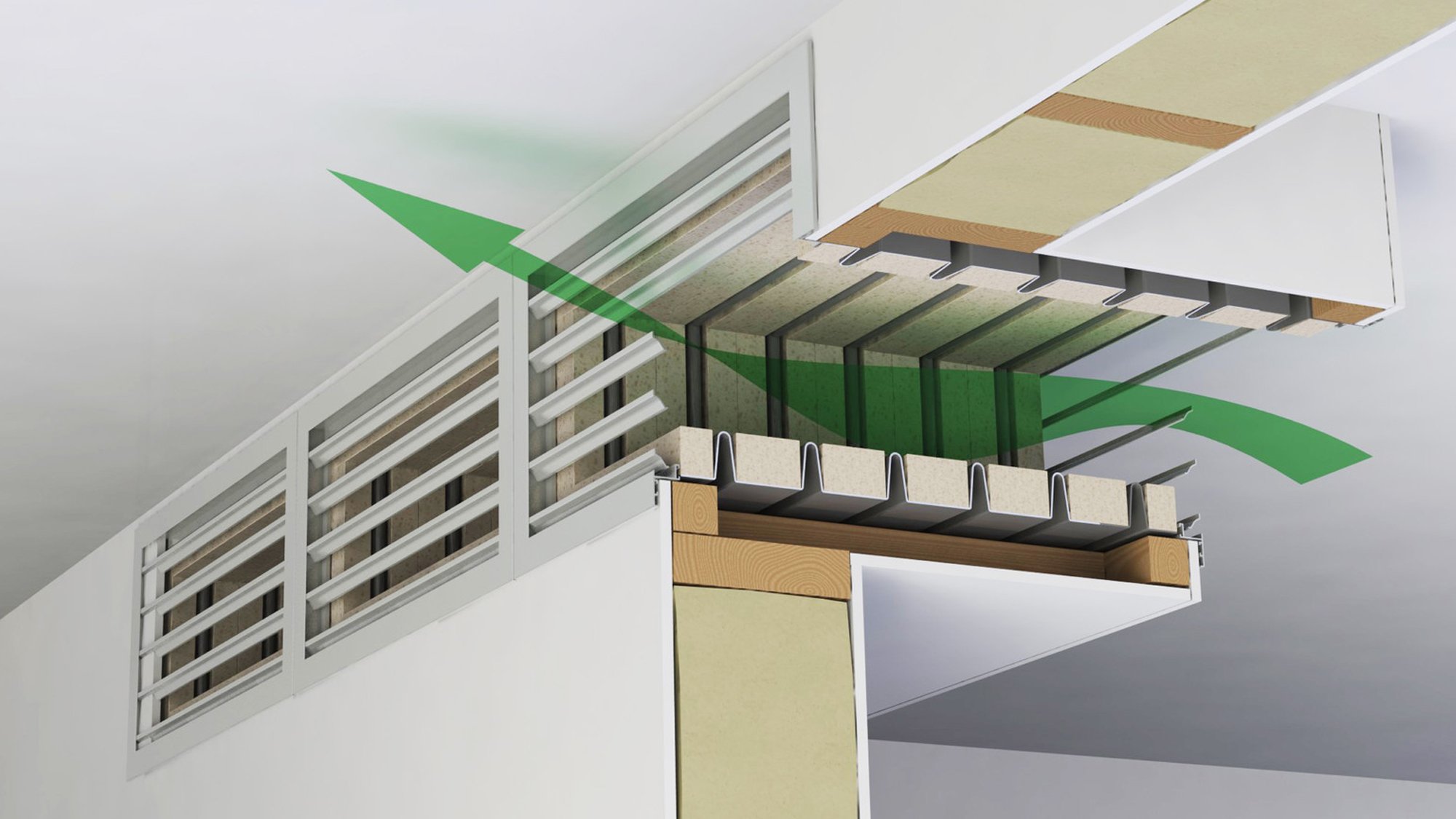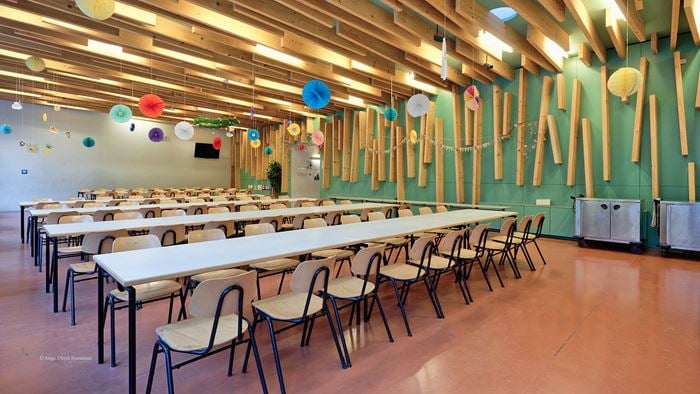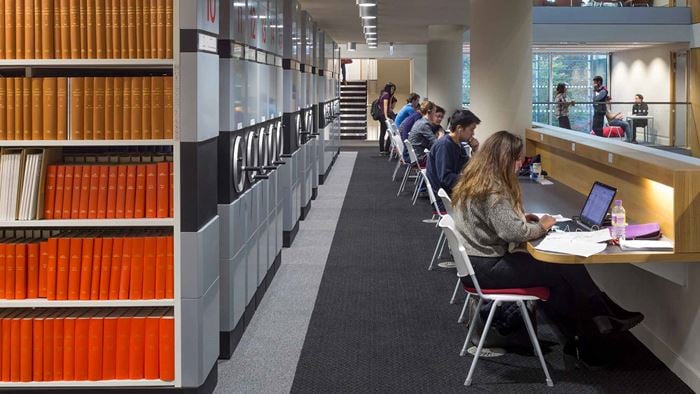Occupants of naturally ventilated buildings benefit from more sustainable buildings with fresh air, but the downside is the often-distracting levels of noise, travelling from room to room or from the outside to inside.
Building owners are increasingly choosing natural ventilation over air conditioning and heating to create a healthy, sustainable environment and reduce excessive energy use. But many of the products and systems designed for naturally ventilated buildings perform poorly in terms of noise mitigation or air flow.
SoundScoop is an air transfer unit, designed by Arup in association with Passivent. The units can be used both inside and on the façade of buildings to tackle both problems.
A new approach
SoundScoop uses a new design approach for air vents, whereby the space air travels through is clear and unobstructed. Sound waves are reflected off and are absorbed by the vent lining.
The interior Soundscoop specifically targets sound of a mid-frequency – such as the human voice, to bring privacy to room users and to reduce distraction, whilst the façade Soundscoop targets lower frequency sounds such as traffic noise.
Already in use in many offices, schools, universities, hotels and health sector buildings, SoundScoop has been proven to be at least 50% more effective than competitor products – reducing the volume of speech noise by half and with 50% more open space.
“SoundScoop works really well. Listening outside the room the biggest source of sound transmission appeared to be through the door. Who would have thought you could train fresh air to stop noise so well? ” Ian Harris Director, Maber Associates
SoundScoop and natural ventilation
The performance of the SoundScoop has been achieved through consideration of three design features, each of which are necessary for it to work most effectively.
1. By positioning the unit out of the plane of source and receiver, sound is forced to take an oblique path through the vent thereby removing the need for bends or splitters.
2. Optimised cross-sectional dimensions are used to target attenuation over the desired range of frequencies. The SoundScoop is sized so that the ‘cut-on’ frequencies, end reflection and amount of attenuation is optimised for the target 500Hz to 2kHz speech range.
3. The patented internal lining which features ribs at regular centres has been shown to provide more than 10dB of sound attenuation in a given octave band.
 ;
;





